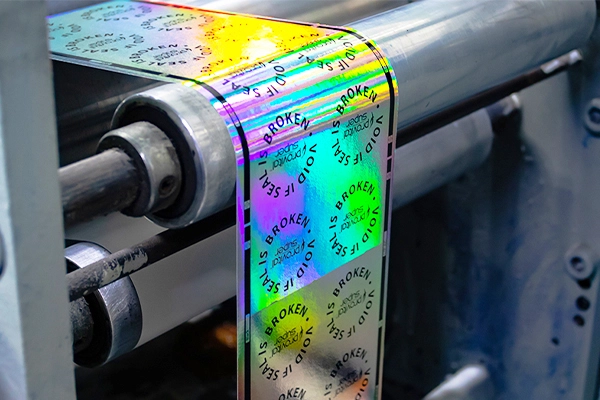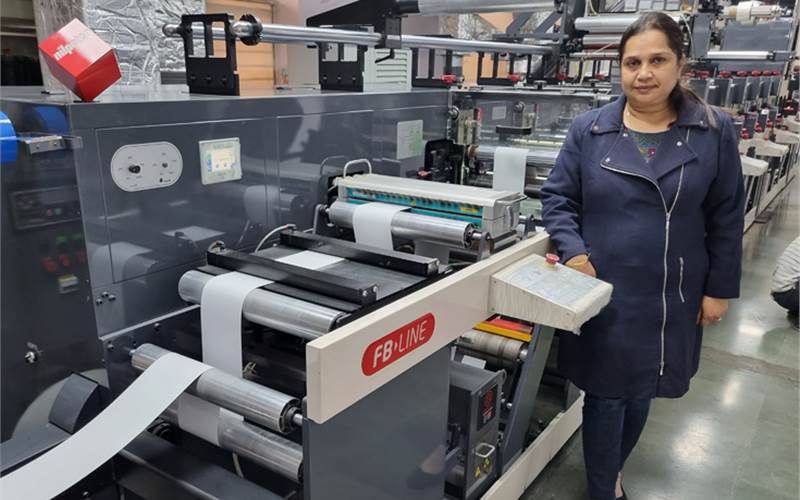In today’s world, where counterfeiting and forgery are rampant, the need for effective security printing technologies is more significant than ever. Security printing is an essential tool in combating fraud and protecting the authenticity of products and documents. In this article, we delve into real examples of security printing in action to explore how these technologies work and why they are crucial for businesses and governments alike.

Understanding Security Printing
Before we explore the real examples of security printing in action, it’s essential to understand what security printing entails. It is a printing process used to produce items that require authentication, such as banknotes, passports, identity cards, and product labels. The primary goal is to prevent counterfeiting, alteration, or duplication.
The Basics of Security Features
Security printing employs various features, including holograms, watermarks, microtext, and UV inks. These features make it difficult for counterfeiters to replicate the genuine document or product.
Real Examples of Security Printing in Action
Banknotes
One of the most prominent real examples of security printing in action is in banknotes. Central banks worldwide use sophisticated security printing techniques to produce currency that is hard to counterfeit. Features like watermarks, color-shifting inks, and security threads are standard in modern banknotes.
Passports and Identity Cards
Governments use security printing to create passports and identity cards that are challenging to forge. These documents often include embedded chips, holographic images, and special printing techniques that ensure authenticity.
Product Authentication
In industries like pharmaceuticals, electronics, and luxury goods, anti-counterfeit printing is vital. Companies use unique labels and packaging with security features to verify product authenticity. This is crucial in protecting brand reputation and consumer safety. For more on this, you can read about serialization compliance.
Innovations in Security Printing
Biometric Integration
Some modern security documents integrate biometric data, such as fingerprints or facial recognition, into their security features. This adds an extra layer of protection against unauthorized access or use.
Advanced Ink Technologies
Advancements in ink technologies, such as thermochromic and UV-sensitive inks, have revolutionized security printing. These inks change color or become visible/invisible under certain conditions, providing an additional safeguard.
Digital Security Printing
Digital advancements have also paved the way for digital security printing. This involves printing with digital data encoding, making it nearly impossible to replicate or alter without detection.
Challenges and Opportunities
The Cost of Implementation
Implementing security printing solutions can be costly. However, the benefits of protecting against counterfeiting and fraud often outweigh these costs. To understand the financial aspects, explore the cost of implementation.
Choosing the Right Partner
Selecting a reliable printing partner is crucial for businesses looking to implement security printing solutions. It’s essential to work with experts who understand the latest technologies and trends. Consider reading more about finding the right anti-counterfeit partner.
Future of Security Printing
Technological Advancements
The future of security printing looks promising with continuous technological advancements. New techniques and materials will further enhance security features, making counterfeiting even more challenging.
Integration with Blockchain
Blockchain technology is being explored for its potential in security printing. Its ability to provide a tamper-proof ledger can be integrated with security features, ensuring the authenticity and traceability of products and documents.
Environmental Considerations
As environmental concerns grow, the security printing industry is also focusing on sustainable practices. This includes using eco-friendly materials and reducing waste in the printing process.
Conclusion
The importance of security printing cannot be overstated in today’s world. By examining real examples of security printing in action, we see how these technologies protect against counterfeiting and fraud across various sectors. As innovations continue to emerge, the field of security printing will evolve, providing even more robust solutions for businesses and governments.

FAQs
What is security printing?
Security printing involves techniques and features used to prevent counterfeiting and ensure authenticity in documents and products.
Why is security printing important?
It is crucial for protecting against fraud, ensuring product authenticity, and maintaining brand reputation.
What are some common security features used?
Common features include holograms, watermarks, UV inks, and security threads.
For more information on anti-counterfeiting labels, visit this article. You can also learn about patents related to security printing at Google Patents.
This article contains affiliate links. We may earn a commission at no extra cost to you.






